Revision Notes: Digestive System | Biology and Biochemistry for MCAT PDF Download
Digestive System
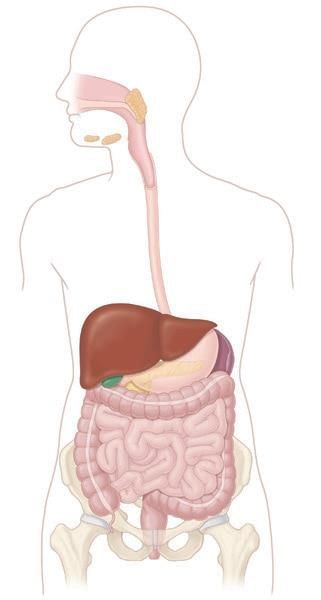
Digestion refers to the process of breaking down naturally occurring food into a form that can be easily absorbed. This involves making the food soluble and altering its chemical nature so that it can pass through living membranes. The process is facilitated by substances known as digestive enzymes.
Mouth
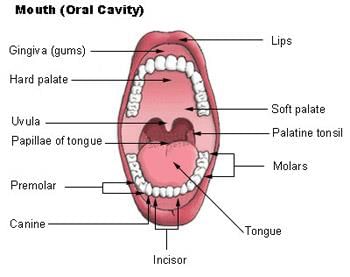
The mouth, also called the mouth cavity, is the initial part of the digestive system where food is chewed and mixed with saliva. It is equipped with teeth for grinding, a tongue for manipulating food, and three pairs of salivary glands that produce saliva to aid in digestion.
Functions of the Mouth
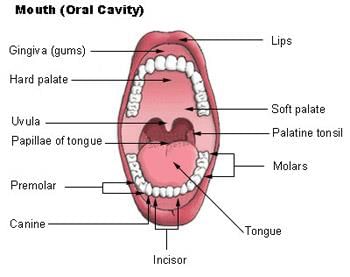
- The mouth is responsible for ingesting food during the process of eating.
Tongue
The tongue is a muscular organ that is attached to the floor of the mouth in the back region of the buccal cavity.
Functions of the Tongue
- The tongue plays a crucial role in mixing saliva with food during chewing.
- It also aids in the processes of mastication (chewing) and swallowing food.
- At the tip of the tongue, there are numerous taste buds that help detect different tastes in food.
Teeth
- Teeth are embedded in the upper and lower jaws.
- Teeth with different shapes are known as heterodont. For example, human teeth are heterodont.
- Teeth that are similar in shape are called homodont. For instance, the teeth of lizards and frogs are homodont.
Functions of Teeth
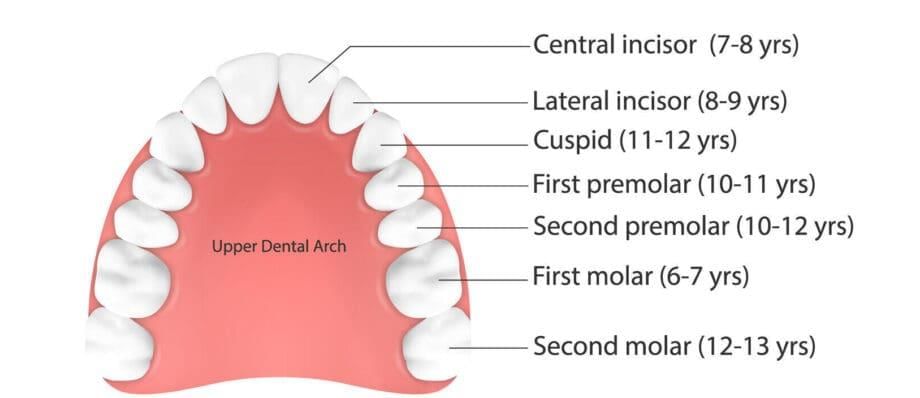
Teeth play a crucial role in the digestive process by performing the following functions:
- Cutting and Grinding: Teeth cut food into small pieces and chew and grind it, preparing it for digestion through mastication.
- Aiding Digestion: By breaking down food into smaller pieces, teeth help initiate the digestive process.
- Speech and Aesthetics: Teeth are also important for speaking and contribute to facial beauty.
Structure of a Tooth
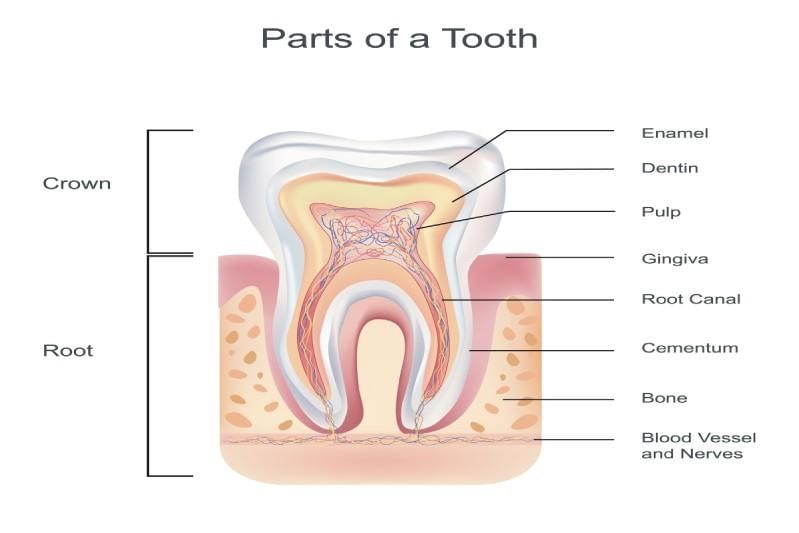
Salivary Glands
There are three pairs of salivary glands in the wall of the buccal cavity which opens into the mouth. They are the parotid glands, submaxillary glands and sublingual glands.
Salivary glands secrete a watery fluid called saliva, which initiates digestion in the buccal cavity.
Functions of Saliva
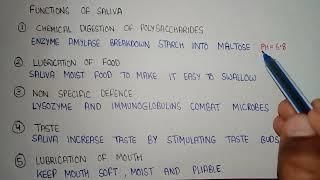
- Salivary Amylase: Enzymes in saliva, like salivary amylase, begin the process of breaking down starches into simpler sugars such as maltose and dextrose. This is the first step in the digestive process for carbohydrates.
- Mucus: Mucus in saliva plays a crucial role in lubricating the food, making it easier to swallow. It helps form a smooth mass of food called a bolus, which is essential for comfortable and efficient swallowing.
- Oral Lubrication: Saliva also moistens and lubricates the inner lining of the mouth and the surface of the tongue. This lubrication is not only important for swallowing but also aids in speaking, as it allows for smoother movements of the tongue and other oral structures.
Pharynx
The pharynx serves as a shared pathway for both food and air, directing food to the esophagus and air to the larynx.
Functions of the Pharynx
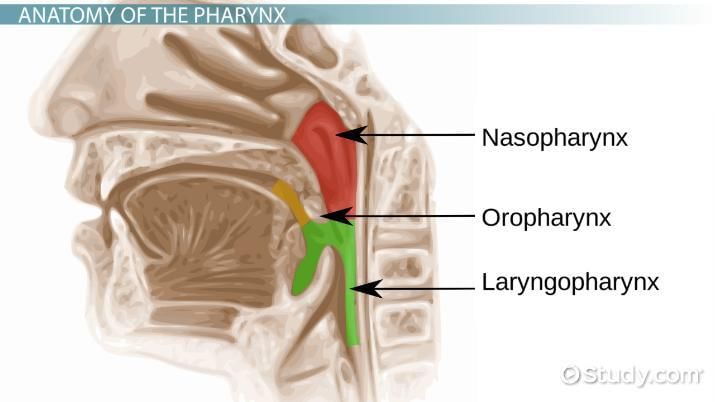
- Passage for Food: The primary function of the pharynx is to facilitate the passage of food from the mouth to the esophagus.
Oesophagus
- Connection to the Stomach: The oesophagus, commonly referred to as the food pipe, is a slender tube that connects the pharynx to the stomach.
Functions of the Oesophagus
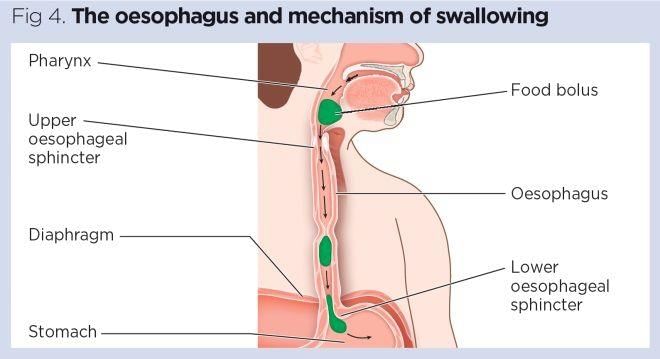
- The oesophagus is responsible for pushing chewed food down into the stomach.
- At the front end of the stomach, the oesophagus has a sphincter that prevents the backflow of food from the stomach.
- Swallowing is the process that moves food from the mouth to the stomach through the oesophagus.
- Swallowing consists of three phases: the buccal phase, the pharyngeal phase, and the oesophageal phase.
- Peristalsis refers to the rhythmic contraction and relaxation of the muscles in the oesophagus.
Stomach
The stomach is a J-shaped, bag-like organ with thick, elastic walls made of muscle. It plays a crucial role in the digestive process.
Within the stomach, gastric glands produce three types of gastric juices:
- Hydrochloric acid: This acid helps create an acidic environment in the stomach, which is essential for the activation of digestive enzymes and the breakdown of food.
- Pepsin: An enzyme responsible for the digestion of proteins into smaller peptides.
- Mucus: This mucus protects the stomach lining from the harsh acidic environment and helps lubricate the food for easier passage.
Liver
The liver is a reddish-brown gland located in the upper part of the abdomen, on the right side. It plays a vital role in digestion and metabolism.
One of the key functions of the liver is the secretion of bile, a substance that aids in the digestion and absorption of fats. Bile is temporarily stored in a small sac called the gallbladder until it is needed in the digestive process.
Functions of Bile
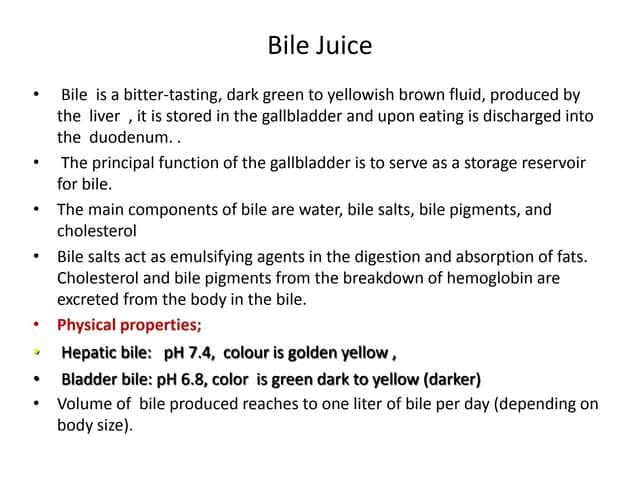
Bile juice aids in the digestion of fats.
Functions of Liver
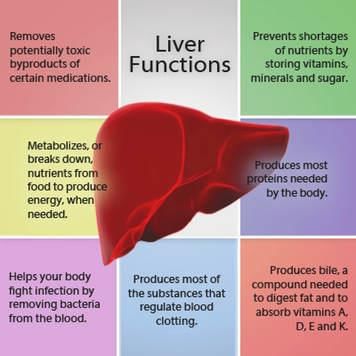
- Production of bile, fibrinogen, and heparin.
- Regulation of blood sugar and amino acid levels.
- Synthesis of fetal red blood cells.
- Regulation of blood volume.
Pancreas
- The pancreas is a long, leaf-shaped gland measuring about 15-20 cm in length.
- It secretes pancreatic juice containing digestive enzymes such as trypsin, enterokinase, steapsin, and pancreatic amylase, which partially digest proteins, fats, and carbohydrates.
- Additionally, pancreatic alpha cells produce the hormone glucagon, while pancreatic beta cells secrete insulin.
Small Intestine
- The small intestine is a long tube located in the abdomen, measuring about 6-7 meters in length and 2.5-3 cm in width.
- It is divided into three regions: duodenum, jejunum, and ileum.
Functions of Small Intestine
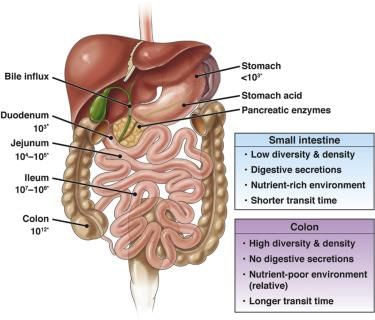
The small intestine plays a crucial role in both digestion and absorption.
Within the walls of the ileum, there are intestinal glands that secrete intestinal juice. This juice contains important enzymes such as peptidase, maltase, sucrase, lactase, and lipase, which are responsible for completing the breakdown of proteins into amino acids, complex carbohydrates into glucose, and fats into fatty acids.
The digested food is then absorbed by the blood vessels present in the small intestine.
Large Intestine
The large intestine extends from the ileum to the anus and is approximately 1.5 meters long. It is divided into three parts: the caecum, colon, and rectum.
Functions of the Large Intestine
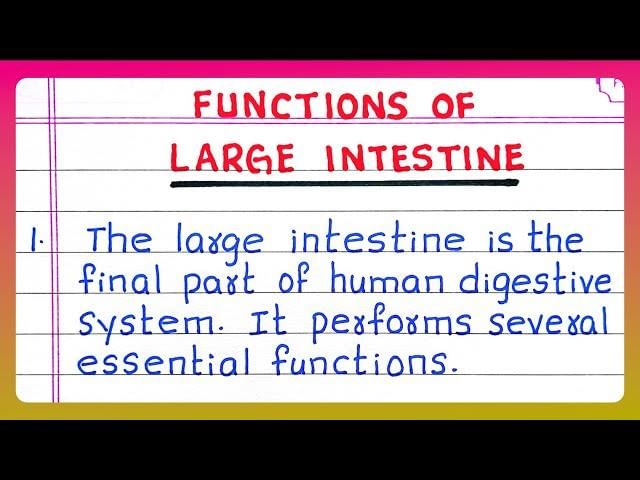
- Temporary Storage: The large intestine serves as a temporary storage area for undigested food.
- Absorption: It plays a crucial role in absorbing water and salts from the undigested food.
- Assimilation: The absorbed nutrients are carried to every cell in the body through the blood in a process called assimilation.
- Transport Systems: The digested and absorbed food is transported in two ways: through the hepatic portal system and the lymphatic system.
Food Tests
| TEST | PROCEDURE | OBSERVATION |
|---|---|---|
| Test for Glucose | Add glucose to blue-green Fehling’s solution in a test tube. Heat the test tube over a flame until bubbles begin to appear, being careful not to overboil. | The colour of the solution changes from blue-green to brick-red, along with the formation of a precipitate. |
| Test for Starch | Take a small quantity of starch powder, dissolve it in water by boiling, and then cool the solution. Add 2-3 drops of dilute iodine solution to the cooled solution. | The colour of the solution changes to blue-black. |
| Test for Proteins | Take a piece of hard-boiled egg white in a test tube, add a few drops of dilute nitric acid, and heat gently. Rinse off the acid with water and add a few drops of ammonium hydroxide. | The colour of the solution changes from colourless to yellow and then from yellow to orange-red. |
| Test for Fats and Oils | Rub a piece of groundnut, castor, or walnut on a piece of paper without tearing it. Open the paper and observe it against light. | An oily patch is seen, and light can be faintly seen through this patch when holding the paper against light. |
| Test for Water | Take a piece of cobalt chloride paper and touch it with the cut surface of a potato or banana. | The blue paper turns pink. |
| Test for Minerals | Place a piece of banana or potato in a crucible and heat it until it burns completely. Ash is left behind, which does not burn even on further heating. | Some ash is left behind which does not burn even on further heating. |
|
129 videos|60 docs|24 tests
|
















